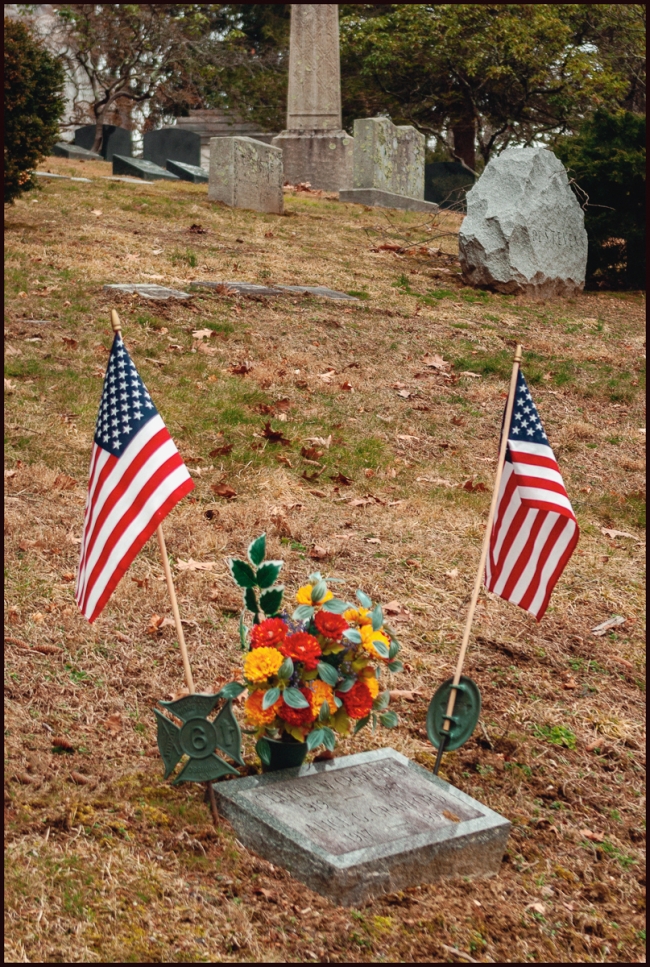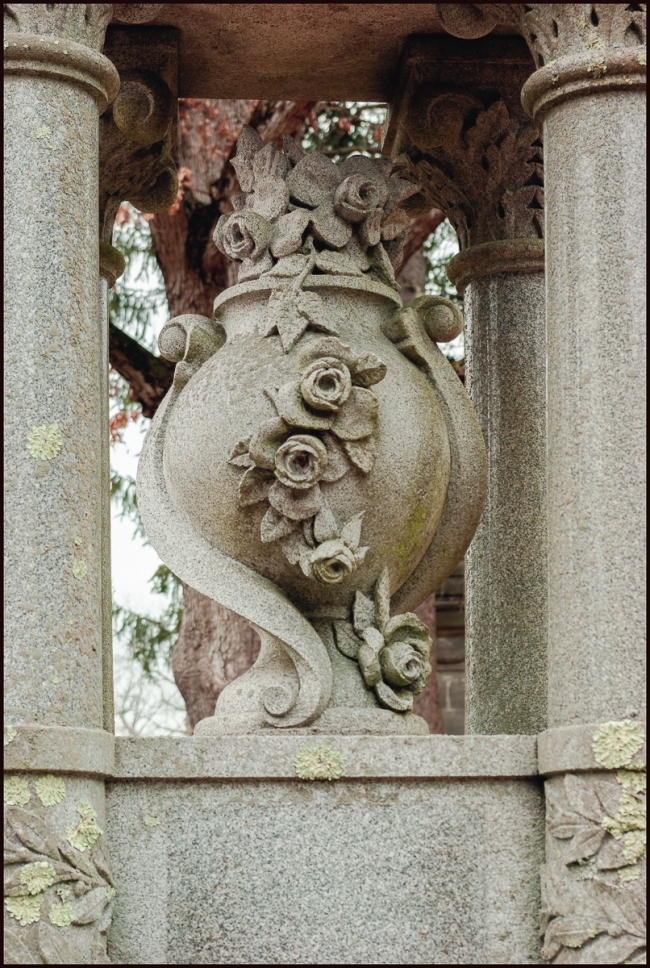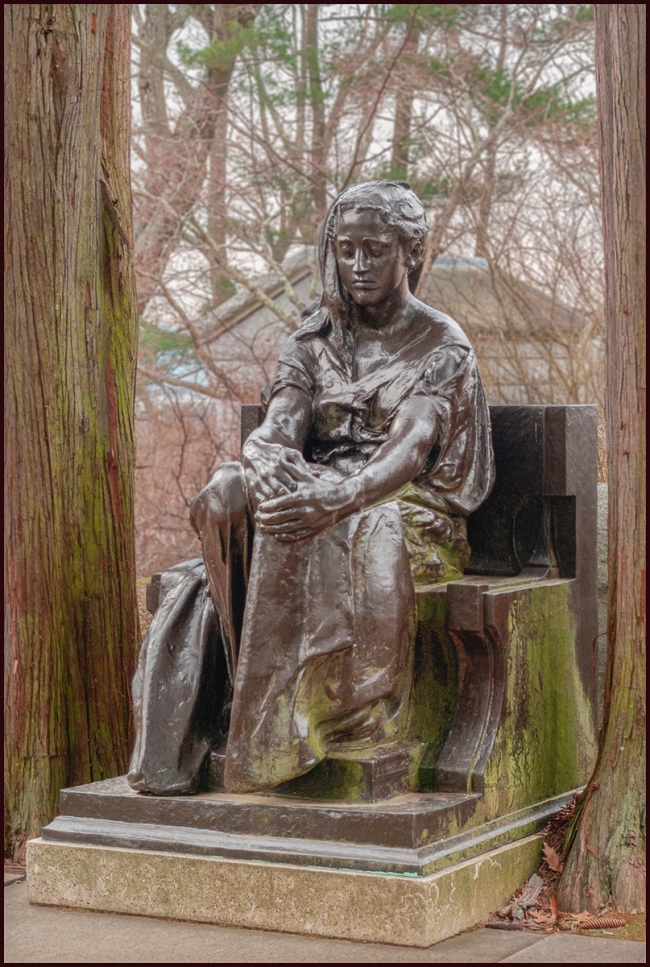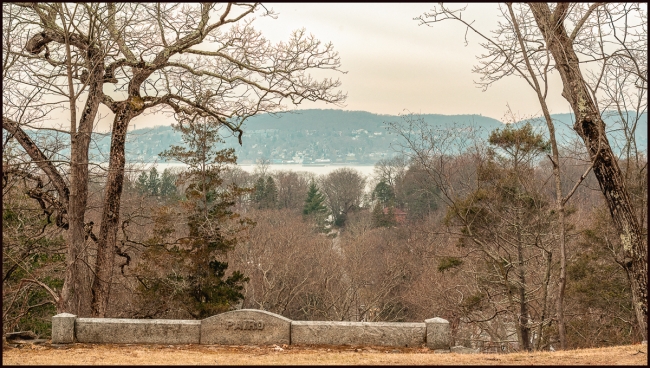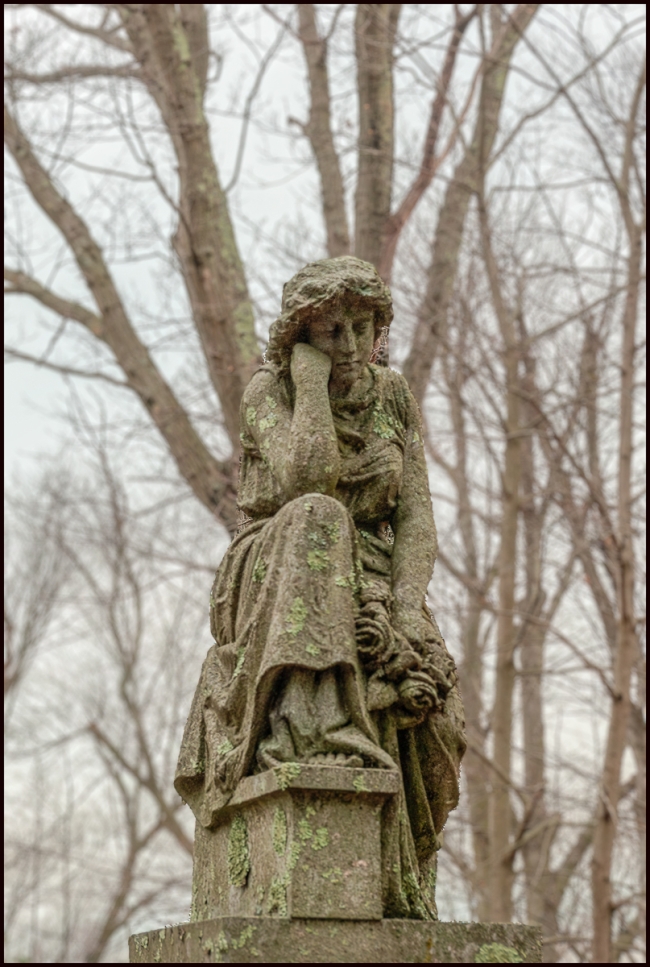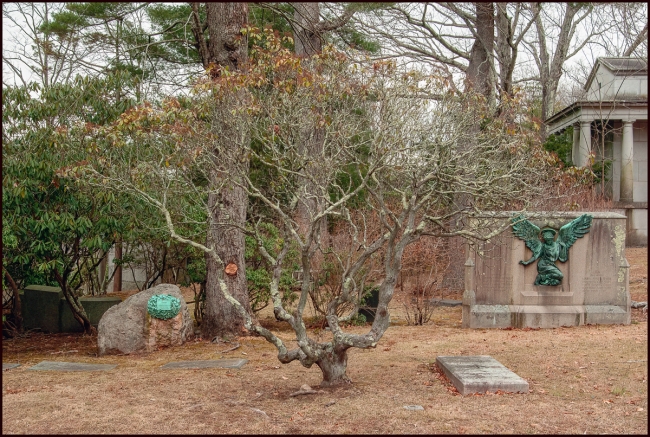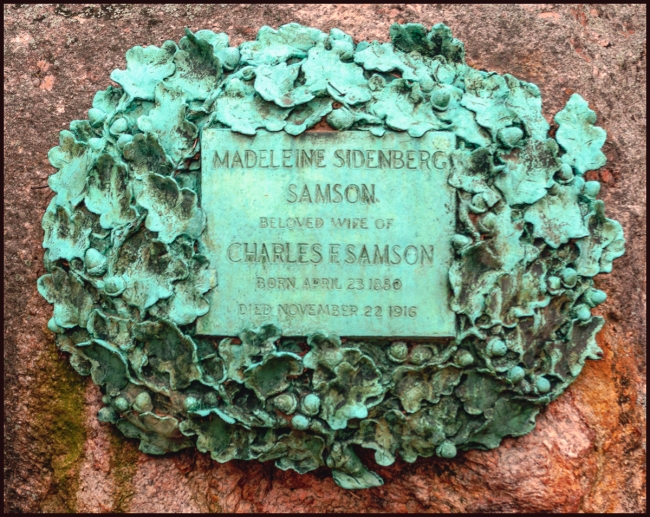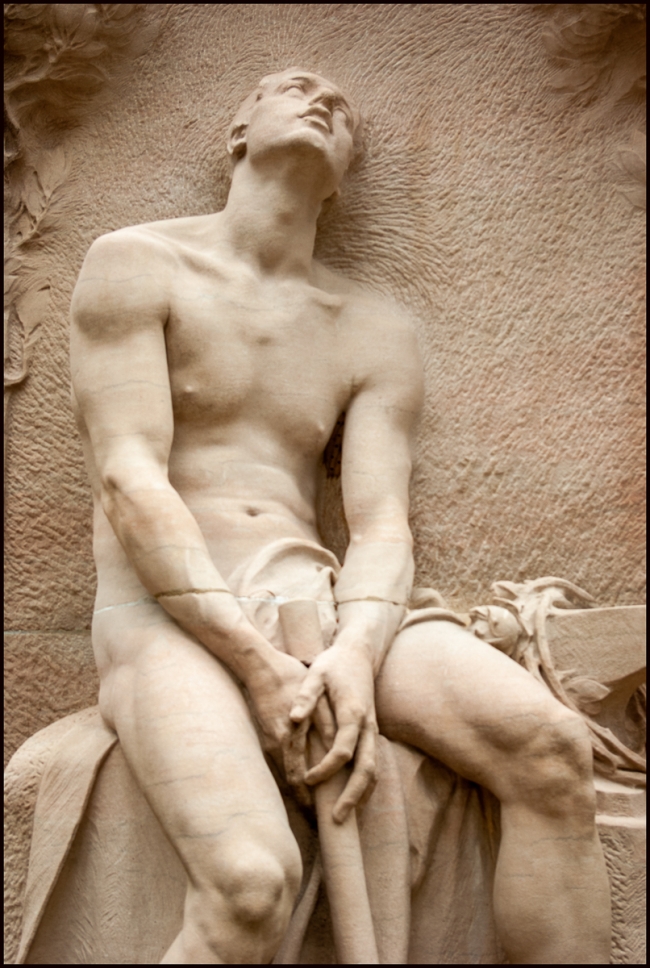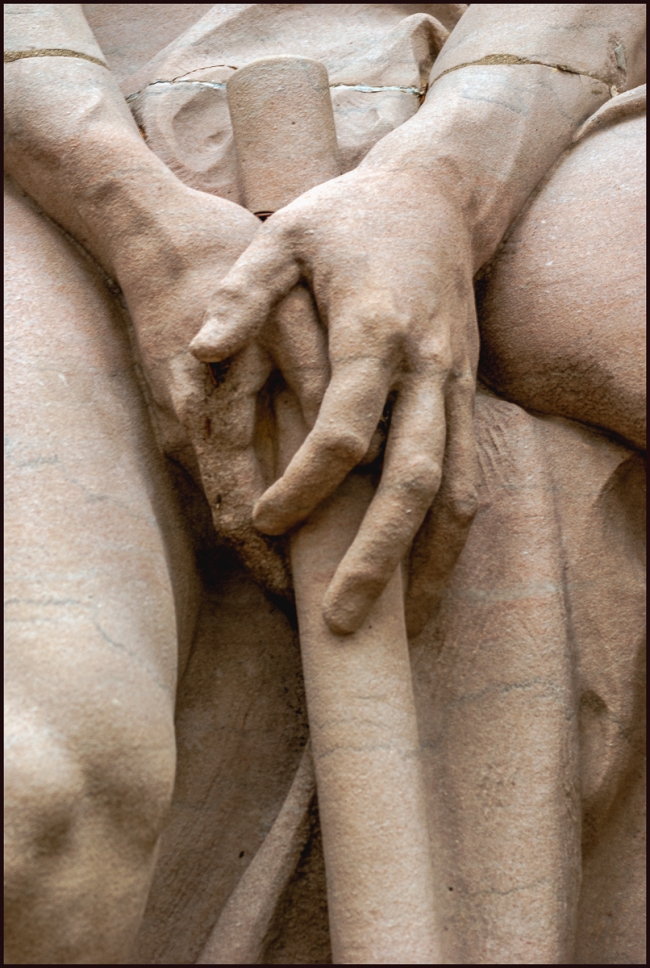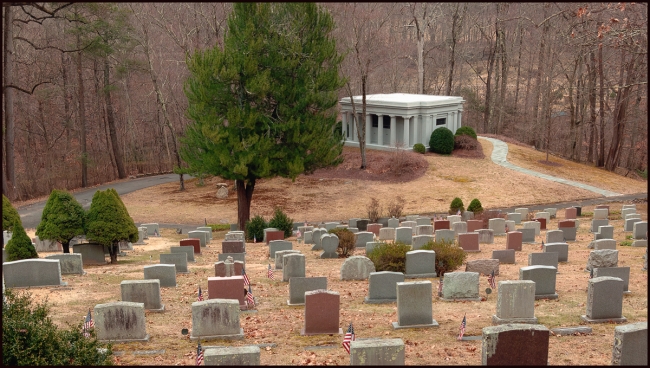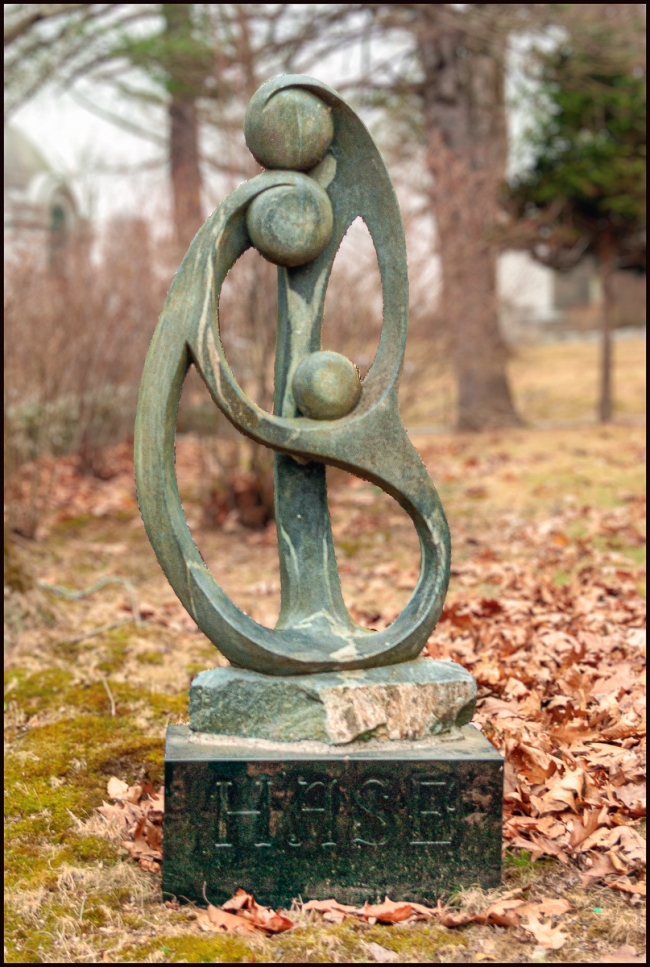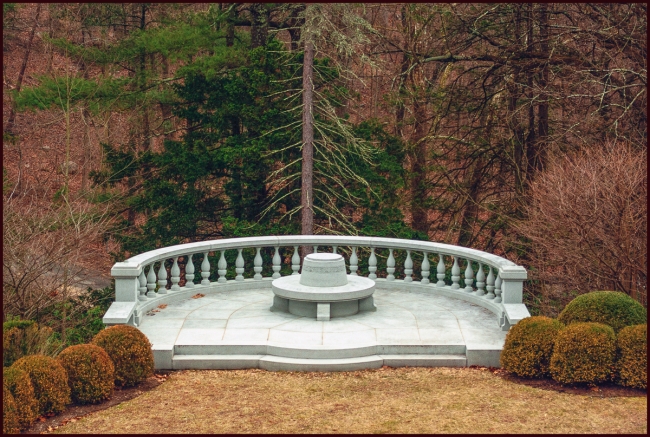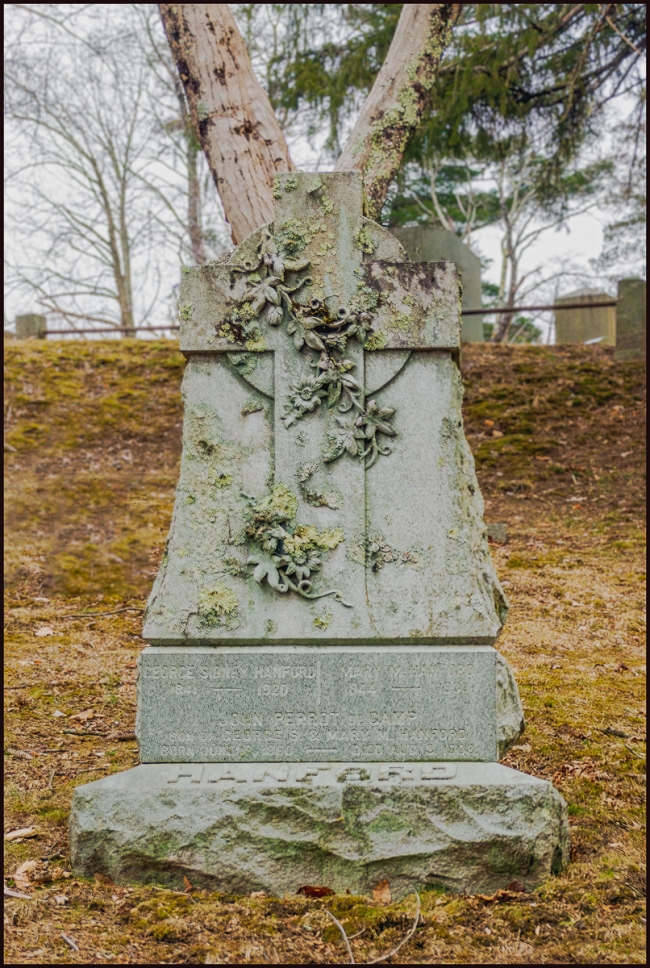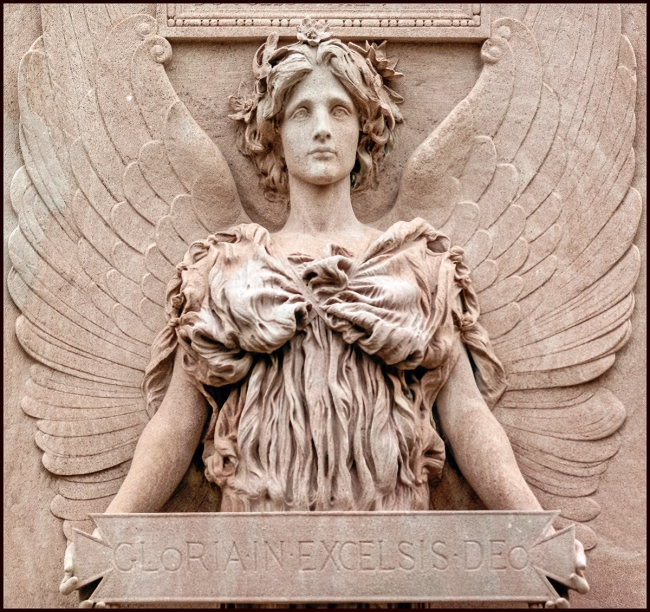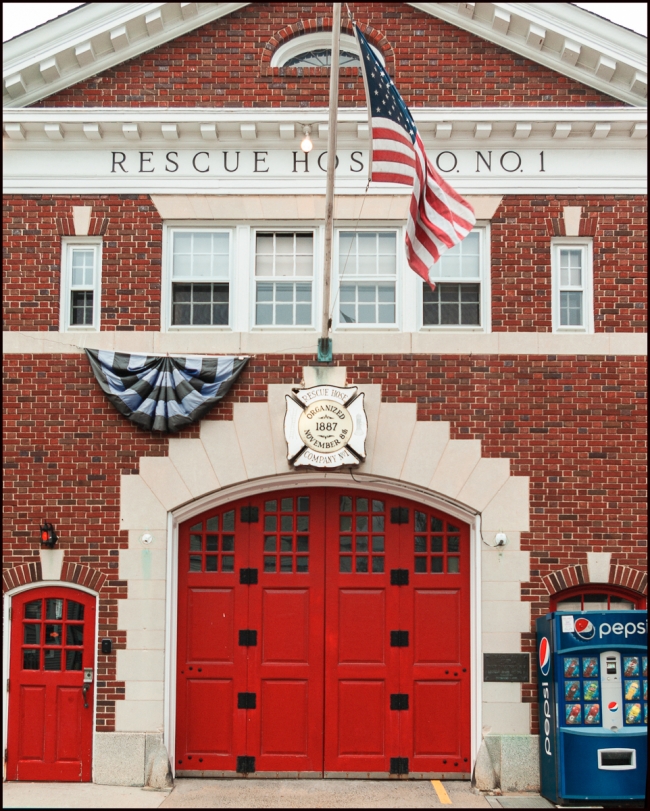In previous posts I’ve mentioned that I had started to collect old digital cameras. This is the latest.
It’s a Pentax K10D and it’s a 10.2-megapixel (which is plenty for most purposes e.g. web site use, social media and prints up to 12″x8″ prints) digital single-lens reflex camera launched in late 2006. It was developed in a collaboration between Pentax of Japan and Samsung of South Korea, was announced on 13 September 2006 and released in mid-November 2006
At the time the K10D was hailed by Popular Photography and Imaging magazine as “an all-star player,” and was named as a finalist for their 2007 “Camera of the Year” award.
It combines a 10.2 effective megapixel CCD sensor, coupled with a 22-bit analog-to-digital converter (ADC) and a shake reduction system which also provides a dust removal feature to keep dust off the sensor surface. The K10D features a new image processor and is dust and weather-resistant featuring 72 seals throughout the camera. The camera was among the first digital cameras to support the DNG format natively. (adapted from Wikipedia)
There’s a good review of it on DP Review in which they conclude:
My first impressions of the K10D were very positive, a well designed and robust body with a clearly extensive range of manual functions and a fairly logical control layout. The positive experience continued in use with the large, bright Pentaprism viewfinder, fast auto focus and short lag times. Menus and playback are equally as snappy although I personally found the connected 4-way controller less easy to use than the K100D’s four separate buttons.
The K10D’s advantages over the competition are fairly clear; dust and weather seals, in-camera Shake Reduction which delivers at least some low light advantage with all your lenses, selectable RAW file format (although both are 10MB+), user definable Auto ISO, digital preview and those unique sensitivity-priority and shutter/aperture-priority exposure modes. It’s a camera which should provide more than sufficient ‘gadget satisfaction’ for even the most demanding shutterbug.
When we reviewed the K100D we thought Pentax had got their image processing just right, however the single element of the entire K10D equation which left us scratching our heads was just that. Either a poorly implemented demosaicing algorithm or a strange choice of sharpening parameters means that while the K10D’s JPEG images have plenty of ‘texture’ they can lack the edge sharpness we’re used to seeing from semi-pro digital SLR’s.
Pentax may well have been aiming for a smooth film-like appearance but I at least feel that the inability to tweak this out by increasing sharpness is a mistake. That said it’s unlikely you’ll see this difference in any print up to A3 size, it’s a 100% view thing so you have to decide if that’s important to you or not. To get that absolute crisp appearance you’ll need to shoot RAW, and use Adobe Camera RAW or another third party converter (as the supplied converter produces similar results to the camera).
With the criticism out of the way we return to the K10D as a ‘photographic tool’, something it does very well. It’s a camera you get used to very quickly and never really leaves you searching for the correct setting or control. It’s also a camera you can grow into, the unique exposure modes are both creatively interesting and useful, a range of options such as this encourage you to experiment. At just under $900 it’s a very strong proposition, so despite our reservations about the slightly soft image processing the K10D just achieves a Highly Recommended.
UPDATE 23/Jan/07: Pentax has today released firmware version 1.1 which fixes some issues and adds new functionality.
So why did I get it? First, even though I have a couple of cameras with CCD sensors I was keen to try another one. The CCD sensor is said to produce images, which are closer to the look of film than other sensors (with the possible exception of the X-Trans sensor found on Fuji cameras). Second, I have Nikon, Canon, Sony, Olympus, and Panasonic digital cameras, but until now didn’t have one from Pentax. I don’t have a digital Leica either and I don’t see me getting one any time soon, much as I’d love to try one.
Taken with a Sony RX100 M3


